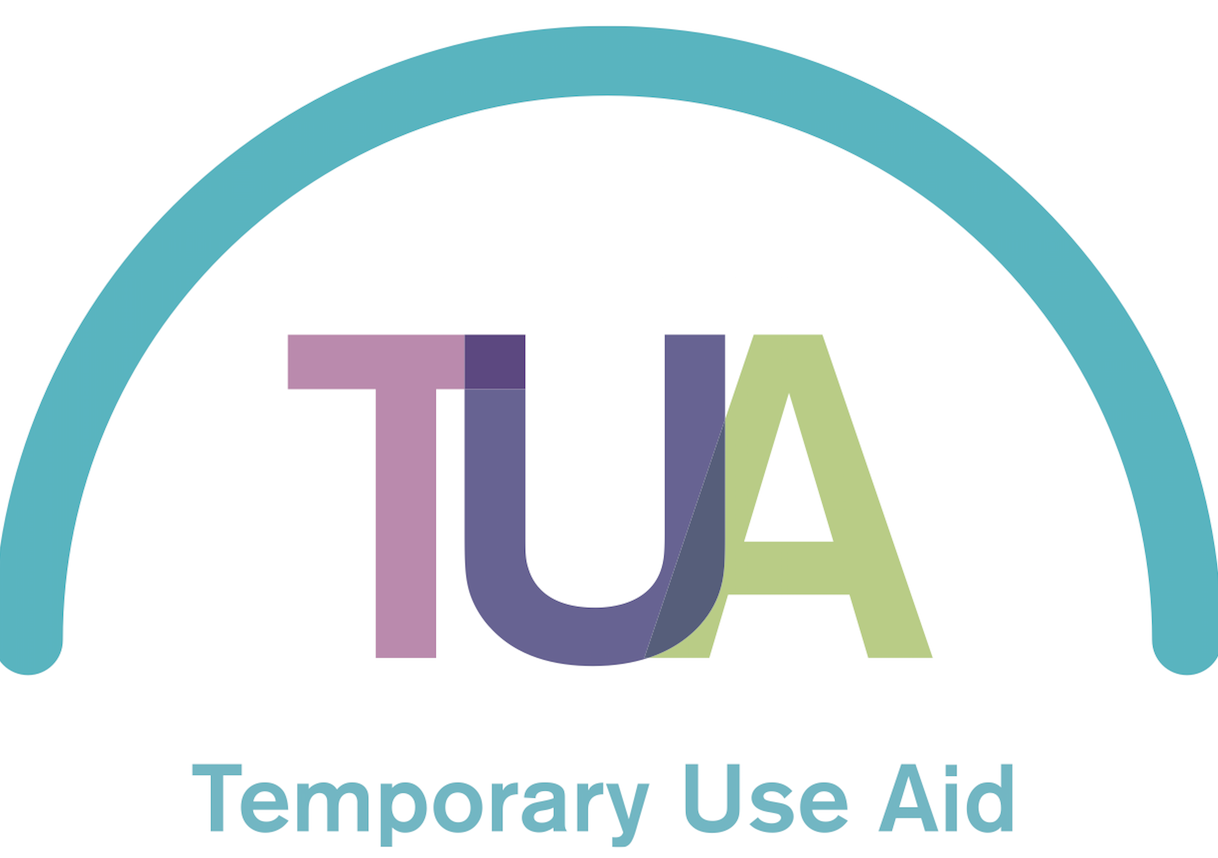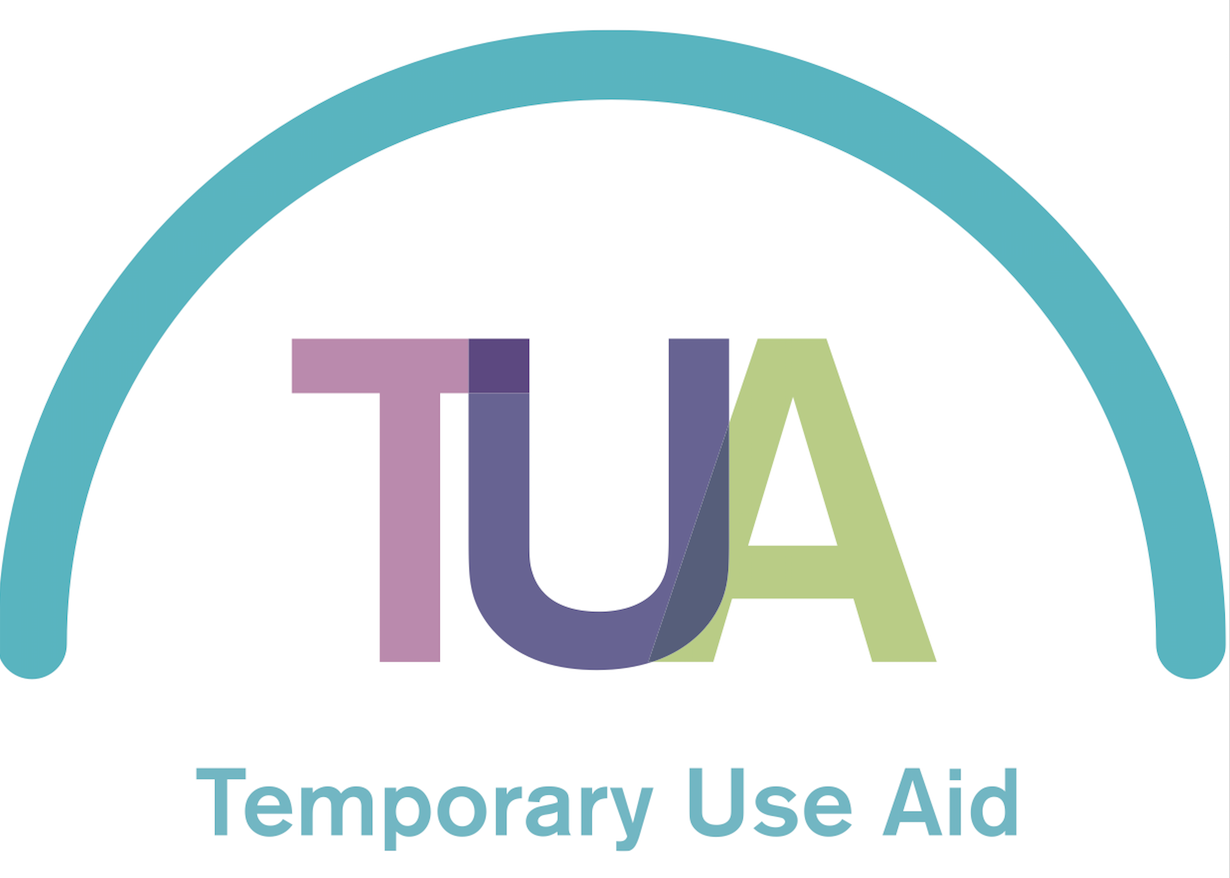How to Finish the Year Strong: End-of-Year Fundraising Strategies
As the year draws to a close, non-profit organisations are entering a pivotal phase: the end-of-year fundraising season. This critical period offers a valuable opportunity to engage donors, secure vital contributions, and finish the year strong. To make the most of this time, non-profits need to implement strategic, thoughtful, and impactful fundraising efforts.
In this blog, we’ll explore key strategies to maximise year-end fundraising results. From setting clear fundraising goals to leveraging giving trends, crafting personalised communication, and using multi-channel campaigns, these actionable tips will help your organisation boost donations and ensure success.
1. Setting Clear Fundraising Goals
Establishing clear and achievable goals is the foundation of any successful fundraising campaign. Start by reviewing your previous year’s performance—what worked, what didn’t, and why? Use this data to define specific, measurable, attainable, relevant, and time-bound (SMART) goals that will guide your fundraising efforts and keep you focused on driving results.
2. Leveraging Year-End Giving Trends
The year-end period is when people are most likely to donate, with many wanting to maximise their tax-deductible contributions. Use year-end giving trends to your advantage. Promote the idea of “giving before the year ends” and emphasise the urgency and impact of each donation. Highlight how donor support during this period can make a lasting difference to your cause.
3. Crafting Compelling Fundraising Appeals
A well-crafted fundraising appeal is your chance to emotionally connect with donors. Your message should be personal, heartfelt, and focused on the impact their donation will have. Use stories, testimonials, and real-life examples to show how their contribution directly supports your mission. Creating urgency—like matching gift challenges or year-end deadlines—can also boost responses.
4. Implementing Multi-Channel Fundraising Campaigns
Relying on one platform limits your reach. A multi-channel approach—combining email, social media, direct mail, and even SMS—will help you engage donors across various touchpoints. Consistency across these channels ensures that your message resonates and reaches a broader audience. For example, use email for detailed stories, social media for visual engagement, and direct mail for a personal touch.
5. Engaging Donors through Personalised Communication
Donors are more likely to give when they feel personally connected to your cause. Personalised communication is key to building these connections. Segment your donor lists based on their past giving behaviour, engagement history, and preferences. Address them by name and speak to their specific interests. This targeted approach shows that you value their unique relationship with your organisation.
6. Segmenting Donor Lists for Targeted Outreach
Tailor your outreach by breaking down your donor base into categories, such as frequent givers, first-time donors, or lapsed donors. Send tailored messages that speak directly to each segment’s interests and past contributions. By aligning your message with each group’s motivations, you’re far more likely to see increased engagement and donation levels.
7. Maximising Matching Gift Opportunities
Matching gift programmes are one of the easiest ways to boost donations without additional costs to your supporters. Many companies offer to match their employees’ donations, effectively doubling the impact of every contribution. Make sure to inform donors about this opportunity and guide them on how they can check if their employer participates in such a programme.
8. Utilising Social Media and Online Fundraising Platforms
Social media is one of the most powerful tools for amplifying your year-end fundraising message. Use platforms like Facebook, Instagram, and Twitter to share success stories, highlight fundraising goals, and invite people to donate. Online fundraising platforms, such as GoFundMe or Givebutter, can make donating simple, accessible, and shareable. Encourage your community to spread the word and share your posts to reach an even wider audience.
9. Creating Urgency in Fundraising Appeals
Time-sensitive campaigns encourage immediate action. Use phrases like “Only X days left to make a tax-deductible gift” or “Your gift will be matched if you donate by 31st December.” Creating urgency taps into the desire to give before the deadline, especially as people look for ways to maximise their contributions for tax purposes.
10. Sharing Success Stories to Inspire Donors
Real-life impact stories can inspire generosity and build trust with potential donors. Showcase the tangible results of previous donations and the difference they’ve made in people’s lives. When donors can see the direct outcome of their support, they’re more likely to contribute again.
11. Hosting Virtual or In-Person Fundraising Events
Consider hosting a virtual or in-person event to rally support during the final months of the year. Virtual events like webinars or online auctions can engage a broad audience, while in-person events can foster deeper connections with local supporters. Promote these events as part of your year-end fundraising strategy to boost awareness and contributions.
12. Thanking Donors with Personalised Acknowledgements
Gratitude goes a long way. After receiving a donation, send a personalised thank-you note or email. Acknowledge their contribution and explain how their support directly benefits your mission. Personalised appreciation helps build stronger, long-term relationships with your donors, making them more likely to give again in the future.
13. Offering Donor Incentives
Consider offering incentives to encourage giving. Whether it’s branded merchandise, event tickets, or matching gift opportunities, small rewards can motivate donors to contribute more. These incentives can also increase engagement and help build a sense of community among your supporters.
14. Evaluating Your Year-End Campaign
After your campaign ends, conduct a thorough evaluation of its success. Analyse metrics like total donations, donor retention, and engagement rates. Understanding what worked and what didn’t will provide valuable insights for improving future fundraising efforts.
15. Preparing for the New Year
Finally, use the momentum from your year-end campaign to set the stage for the new year. Begin nurturing your donor relationships right away with follow-up communication and updates. Keeping donors engaged beyond the year-end season will help ensure their ongoing support for your mission.
Conclusion
By implementing these end-of-year fundraising strategies, non-profit organisations can enhance their efforts, foster stronger donor relationships, and achieve their financial goals. Staying focused, creative, and strategic will enable your organisation to make a lasting impact on the causes you serve. As you wrap up the year, remember that the key to success lies in personalising your outreach, creating urgency, and leveraging all available tools to engage and inspire your supporters.


No responses yet